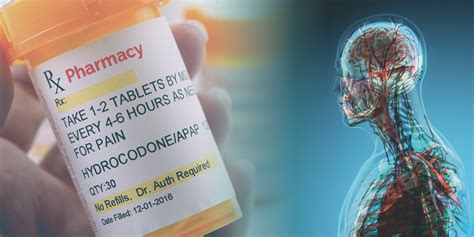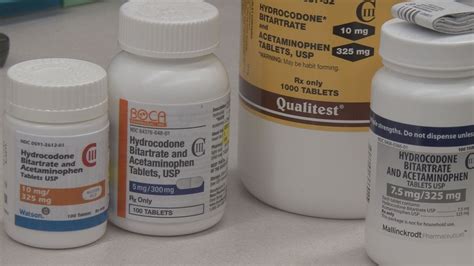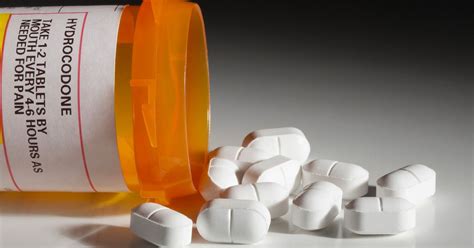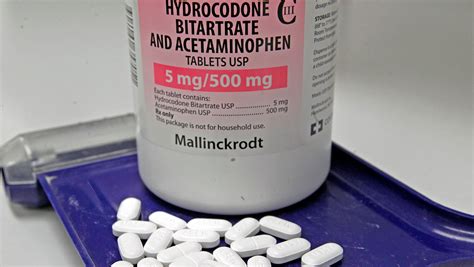Intro
Discover key facts about Hydrocodone, a potent opioid pain reliever, including its uses, side effects, and risks of addiction, overdose, and dependency, to ensure safe usage and management of this controlled substance.
Hydrocodone is a medication that has been widely used for its analgesic and antitussive properties. It is an opioid derivative, which means it is related to opium and has similar effects on the body. Despite its effectiveness in managing pain and cough, hydrocodone has been at the center of controversy due to its potential for abuse and addiction. Understanding the facts about hydrocodone is crucial for patients, healthcare providers, and the general public to ensure its safe and responsible use.
The importance of discussing hydrocodone lies in its widespread use and the significant impact it can have on individuals and society. By exploring the aspects of hydrocodone, including its uses, side effects, and risks, we can better navigate the complex issues surrounding opioid medications. Moreover, as the world grapples with the challenges of pain management and opioid abuse, having a comprehensive understanding of hydrocodone can contribute to more informed decisions and policies.
Hydrocodone's role in medicine is multifaceted, serving as a pain reliever and a cough suppressant. Its effectiveness in these areas has made it a commonly prescribed medication. However, the potential for hydrocodone to be misused and lead to dependence highlights the need for careful consideration and monitoring. As we delve into the specifics of hydrocodone, it becomes clear that education and awareness are key to maximizing its benefits while minimizing its risks.
Introduction to Hydrocodone

How Hydrocodone Works
Hydrocodone interacts with opioid receptors in the brain, spinal cord, and other areas, producing feelings of pain relief and relaxation. This interaction can also lead to side effects, such as drowsiness, constipation, and nausea. Understanding how hydrocodone works is essential for recognizing its potential benefits and risks.Uses of Hydrocodone

Pain Management with Hydrocodone
For pain management, hydrocodone is usually prescribed when other pain relievers have not been effective. It is crucial to follow the prescribed dosage and duration to minimize the risk of dependence and side effects. Patients should work closely with their healthcare provider to find the right balance between pain relief and safety.Risks and Side Effects of Hydrocodone

Managing Side Effects
To manage side effects, patients should adhere to their prescribed dosage and consult their healthcare provider if side effects become unbearable. Lifestyle adjustments, such as increasing fluid intake to prevent constipation and avoiding alcohol, can also help mitigate some side effects.Abuse and Dependence

Preventing Abuse and Dependence
Prevention strategies include proper storage and disposal of unused medication, avoiding sharing prescriptions, and regular follow-ups with healthcare providers. Patients and their families should be aware of the signs of abuse and dependence, seeking help immediately if concerns arise.Regulations and Legal Status

Impact of Regulations
Regulations have led to changes in how hydrocodone is prescribed and monitored. For example, limits on the quantity that can be prescribed at one time and requirements for regular check-ins with healthcare providers aim to reduce the risk of abuse and dependence.Alternatives to Hydrocodone

Non-Pharmacological Approaches
Non-pharmacological approaches can be particularly beneficial for managing chronic pain and reducing reliance on medication. Techniques such as meditation, acupuncture, and exercise have been shown to provide significant pain relief for some individuals, offering a holistic approach to pain management.Conclusion and Future Directions

The journey to understanding hydrocodone is complex and multifaceted, requiring a comprehensive approach that considers its benefits, risks, and the broader context of opioid use. By engaging in open discussions and seeking out accurate information, we can work towards a future where hydrocodone and similar medications are used safely and effectively, contributing to improved health outcomes for all.
We invite you to share your thoughts and experiences with hydrocodone, and to consider the implications of its use in your community. Your insights can help foster a deeper understanding of this critical issue and contribute to the development of more effective strategies for managing pain and addressing the challenges of opioid use.
What is hydrocodone used for?
+Hydrocodone is used to treat moderate to moderately severe pain and as a cough suppressant.
Is hydrocodone addictive?
+Yes, hydrocodone has the potential to be addictive. It is a controlled substance due to its risk of abuse and dependence.
What are the common side effects of hydrocodone?
+Common side effects include drowsiness, dizziness, nausea, and constipation. More serious risks involve the potential for addiction, overdose, and respiratory depression.
